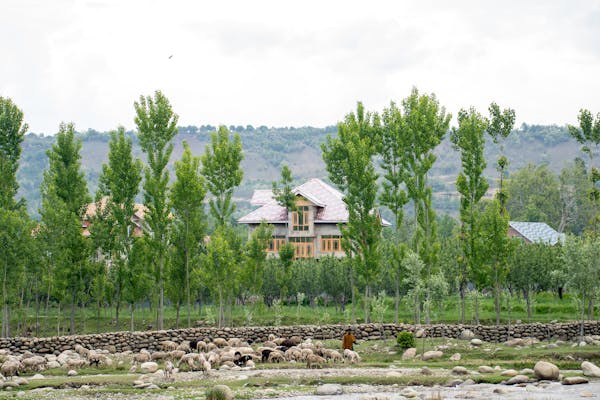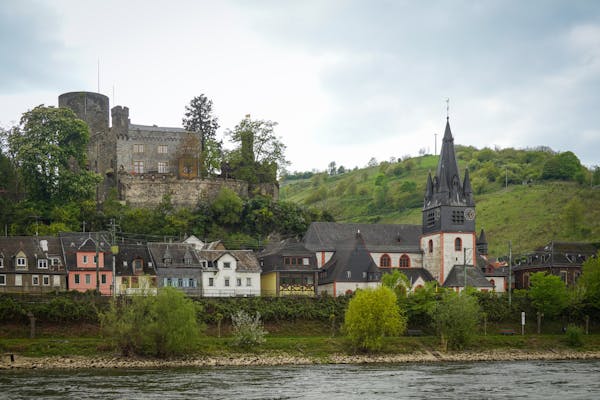
The Power of Visual Storytelling
Ever stared at a picture and felt a whole story unfold in your mind? That’s the power of storytelling through visuals—and when it comes to powerful, minimalist storytelling, few techniques rival silhouettes paired with scenery. Together, they pack a punch. They don’t just capture a moment; they capture emotion, mystery, and movement, all in one shot.
What Are Silhouettes in Art and Photography?
The Magic of Shapes Without Details
Silhouettes are those striking black shapes we often see set against a lit background—no facial features, no intricate details. Yet somehow, they say so much. A silhouette is like a whisper that somehow shouts. It’s the body language, the posture, the relationship with its surroundings that gives it voice.
Historical Use of Silhouettes
Before cameras, silhouettes were a popular way to capture a person’s profile—especially in the 18th and 19th centuries. They were fast, affordable, and surprisingly expressive. Today, they’ve evolved into a modern storytelling tool in both photography and visual arts.
The Role of Scenery in Storytelling
Scenery as a Narrative Device
Scenery isn’t just the background. It’s the stage, the setting, the mood-setter. Whether it’s a misty forest, a burning sunset, or a quiet street, the environment adds crucial context to a story. Think of it as the “where” that makes the “what” and “who” more compelling.
Creating Mood and Atmosphere
A vast desert can evoke solitude. A foggy morning might hint at mystery. The scenery you choose is like a soundtrack to a film—it defines the emotional tone. When paired with a silhouette, it can say volumes without a single word.
Why Combine Silhouettes and Scenery?
Visual Impact and Symbolism
A single silhouette standing against a dramatic landscape? That’s not just a photo—it’s a moment frozen in poetry. Combining these elements creates contrast and balance, but more importantly, it invites interpretation. The viewer becomes a part of the storytelling process.
Stirring the Imagination
Without facial expressions or intricate details, silhouettes leave room for imagination. Who is that figure on the cliff? Why are they alone? What are they thinking? It’s this sense of open-endedness that draws people in and keeps them hooked.
Techniques to Tell Stories Using Silhouettes & Scenery
Understanding Light and Shadow
If silhouettes are the actors and scenery is the stage, light is the director. Lighting is everything here.
Golden Hour and Backlighting
The golden hour—the period just after sunrise or before sunset—is your best friend. It naturally creates strong backlighting, which is perfect for clean, dramatic silhouettes. Shoot toward the light source, expose for the bright background, and watch your subject turn into a perfect shadow.
Framing the Subject with the Background
Think carefully about where you place your subject. Use natural elements like trees, arches, or hills to frame your silhouette. This creates visual harmony and anchors the story.
Compositional Tips for Balance and Emotion
Use the rule of thirds to guide the viewer’s eye. Leave negative space when needed—it adds drama and tension. Balance the subject with visual weight in the background. It’s like telling a story with a few brushstrokes: each one has to count.
Tools and Gear to Enhance Your Storytelling
Cameras and Lenses
You don’t need a high-end camera to start, but a DSLR or mirrorless camera gives more control. A lens with a wide aperture lets in more light and works well during low-light hours—ideal for silhouettes.

Editing Tools and Apps
Lightroom and Snapseed are great for enhancing contrast, boosting color in the background, and ensuring your silhouettes are crisp and dark. But remember: editing should enhance your story, not rewrite it.
Common Mistakes to Avoid
Overcomplicating the Scene
Too many elements can confuse the narrative. Keep your composition clean. One strong subject with a simple backdrop often speaks louder than a cluttered frame.
Ignoring the Narrative Element
A technically perfect shot can still fall flat if it lacks a story. Always ask yourself: What is this image trying to say? What emotion am I aiming to evoke?
Real-World Examples and Case Studies
Nature Photography
Think of a lone hiker standing on a mountain ridge at dusk. The silhouette of the human form against vast nature immediately tells a tale of adventure, introspection, and scale.
Urban and Street Silhouettes
City scenes offer endless storytelling possibilities. A silhouette of a person waiting at a bus stop in the rain, surrounded by neon lights, can evoke loneliness, anticipation, or mystery.
Practical Tips for Beginners
Start Simple, Then Experiment
Begin with easy subjects—people, trees, animals—and simple backgrounds. As you get more confident, play with multiple subjects, motion, and complex scenery.
Pay Attention to Timing and Weather
Timing is everything. Cloudy days might mute your background, while a clear sunset provides that dramatic flair. Plan ahead and be patient.
Advanced Tips for Seasoned Storytellers
Layering for Depth
Add depth by placing elements in the foreground, middle ground, and background. It’s like building a visual storybook—each layer adds meaning and context.
Playing with Negative Space
Silhouettes often benefit from negative space. It creates emphasis, isolation, and drama. It also invites viewers to project their own feelings into the scene.
Conclusion
Telling stories with silhouettes and scenery isn’t just about taking beautiful photos—it’s about evoking emotion, crafting narrative, and letting your audience fill in the blanks. Whether you’re a beginner with a smartphone or a seasoned pro with a full kit, this technique invites you to strip things down to their essence and let the shadows speak. Let light be your guide and your imagination the storyteller.
FAQs
1. What’s the best time of day to capture silhouettes?
The golden hour—just after sunrise or before sunset—is ideal. The low-angle light creates perfect backlighting for strong silhouettes.
2. Do I need an expensive camera to create silhouette images?
Not at all! Even smartphones can capture great silhouettes if the lighting and composition are right.
3. How do I make sure the background doesn’t overpower the silhouette?
Keep the background simple and the lighting balanced. Use contrast to ensure the silhouette stands out clearly.
4. Can silhouettes tell a story without any human figures?
Absolutely. Trees, animals, architecture—any shape can be used symbolically to tell a story.
5. What’s one quick tip to improve my silhouette shots today?
Expose for the background, not the subject. That ensures your subject becomes dark while the scenery glows.


